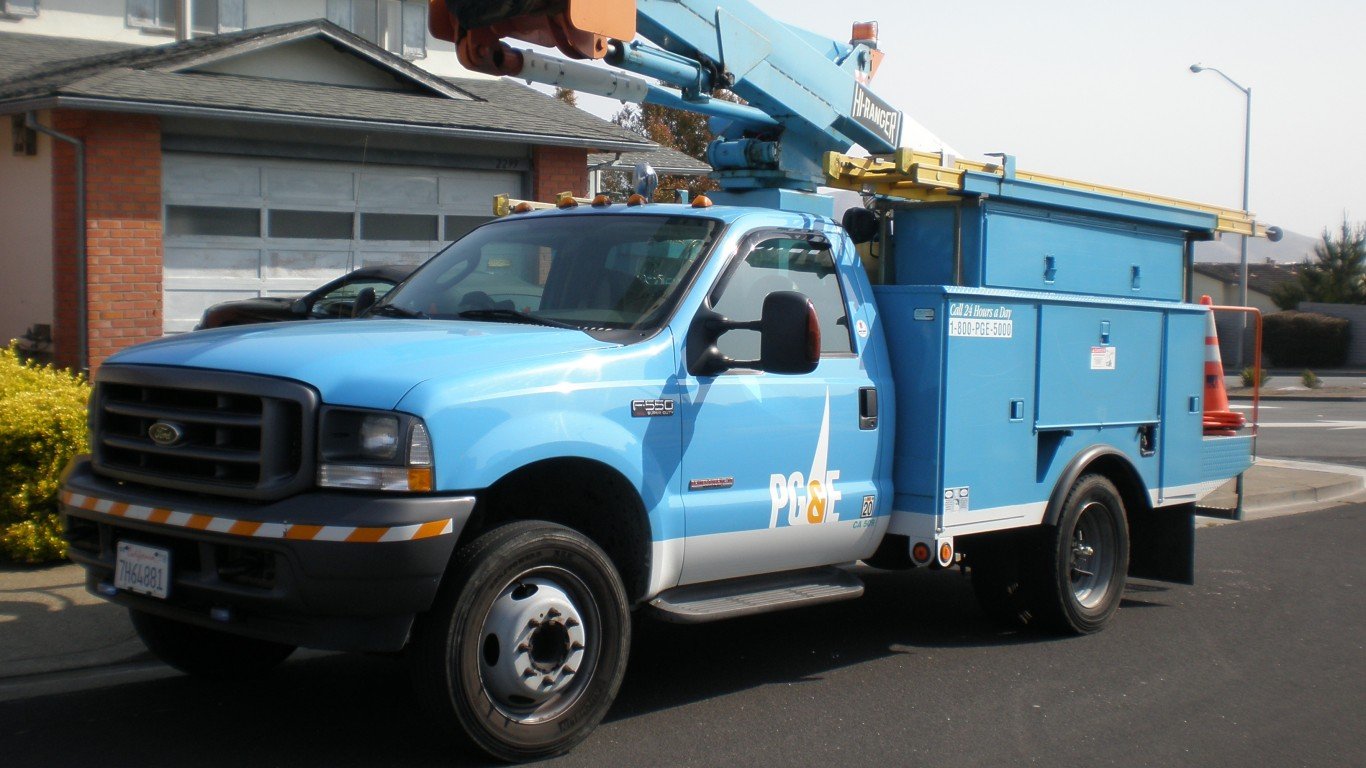

Late Wednesday, the bankruptcy judge in PG&E Corp.’s (NYSE: PCG) Chapter 11 proceeding ruled that a bondholder plan will be considered alongside the company’s own proposed restructuring plan. The ruling is being received as a major legal setback for PG&E and its shareholders.
Bondholders, led by Paul Singer’s Elliott Management and PIMCO, teamed up with victims of the wildfires that led to PG&E’s bankruptcy and filed their restructuring plan about three weeks ago. Unlike the company plan, shareholders get virtually nothing while victims and bondholders would get more than 95% of the equity in the company that emerges from bankruptcy.
Needless to say, company officials are unhappy. In a statement, the company said it was “disappointed” that the court will allow “consideration of a plan designed to enrich Elliott and the other ad hoc bondholders and seize control of PG&E at a substantial discount.”
Presiding Judge Dennis Montali said in his ruling that “the parties most deserving of consideration” in the company’s bankruptcy were the victims of the wildfires. The victims have “spoken loudly and clearly” that they want their and the Senior Noteholders’ proposed plan to be considered.” The judge denied requests to consider other plans.
The bondholder plan offers victims $14.5 billion in damages not covered by insurance. The PG&E plan offers $8.5 billion. Both plans agree to reimburse insurance companies for $11 billion already paid out in claims from policyholders. Clearly, Singer and company outflanked the company when bondholders chose to side with the victims.
Judge Montali rejected PG&E’s argument that by considering an alternative plan implementation of the company’s plan may be delayed, threatening PG&E’s chances of exiting bankruptcy in time to meet a June 2020 deadline for inclusion in the state’s $21 billion Wildfire Fund. Montali wrote:
A dual-track plan course going forward may facilitate negotiations for a global resolution and narrow the issues which are in legitimate dispute. If that result is not achieved and the estimation process is completed on schedule in the district court, the outcome might result in one plan failing because it pays too much to the victims, or the other failing because it does not. One plan emerging as confirmable is a very acceptable outcome. And if both plans pass muster, the voters will make their choice or leave the court with the task of picking one of them.
A finished version of the bondholder plan must be filed by October 17 and a status conference on the competing plans is scheduled for October 23.
PG&E shares traded down nearly 30% early Thursday morning, at $7.74 in a 52-week range of $5.07 to $49.42. The stock has a consensus 12-month price target of $16.14.
Take This Retirement Quiz To Get Matched With A Financial Advisor (Sponsored)
Take the quiz below to get matched with a financial advisor today.
Each advisor has been vetted by SmartAsset and is held to a fiduciary standard to act in your best interests.
Here’s how it works:
1. Answer SmartAsset advisor match quiz
2. Review your pre-screened matches at your leisure. Check out the advisors’ profiles.
3. Speak with advisors at no cost to you. Have an introductory call on the phone or introduction in person and choose whom to work with in the future
Take the retirement quiz right here.
Thank you for reading! Have some feedback for us?
Contact the 24/7 Wall St. editorial team.
 24/7 Wall St.
24/7 Wall St.


